Mounting custom industrial filters in astronomical filter cells
Custom scientific and industrial filters can fill the need for unique filters for astrophotography. Such filters do not come mounted in standard 1,25" or 2" filter cells so we have to do this on our own. Lets see what options there are to mount custom filters in astronomical filter cells.
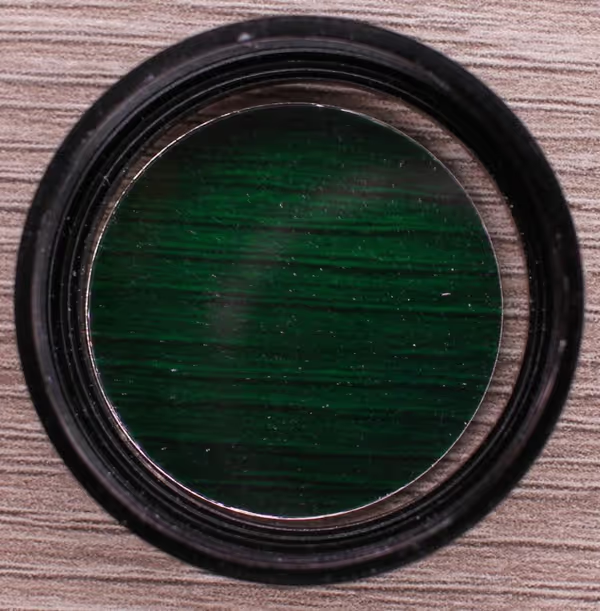
Why a custom filter?
There are several imaging bands for which there are no end-user astronomical filters. This can be narrowband imaging in neutral oxygen
or helium bands, lunar petrographic imaging or planetary imaging (Venus night side emission, Jupiter system sodium cloud) or bandpass filters for emission lines found in comets.
- Helium, argon, neutral oxygen and other bands in narrowband imaging
- Choosing Edmund Optics filters for helium, oxygen and argon narrowband imaging
- What about imaging sodium and sulphur clouds in the Jupiter - Io system?
- Lunar petrographic imaging - showing minerals and age in colors
- My filters and first results of lunar petrographic imaging
Matching an existing filter cell to a filter
Typical machine vision filter from sites like Edmund Optics, Thorlabs or even Aliexpress will come in different diameters like 12,5, 25 or 50 mm. Sometimes they can even be square. A 25mm diameter filter is close to 1,25" filters but few millimeters off from most 1,25" filter cells. This creates a problem where majority of filter cells will be to big for them. There are however few cheap options that could be used.
Another issue is filter thickness. Majority of astronomical filters are super thin - like 1mm or less even. Some machine vision filters may be close to 5-10mm of thickness which excludes all low profile filter cells.
The goal is to buy cheap color or ND filters with matching filter cells and swapping filters for the intended industrial ones. Not every brand/model will work though.
Sky Watcher plastic Moon filter
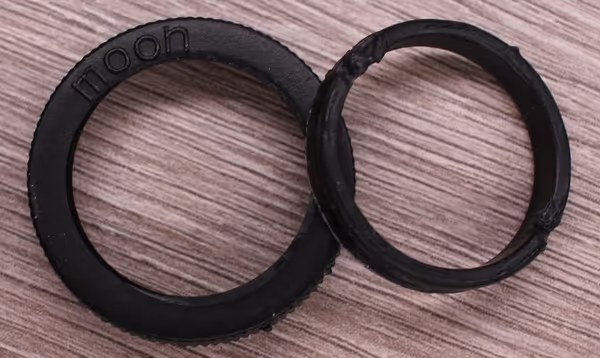
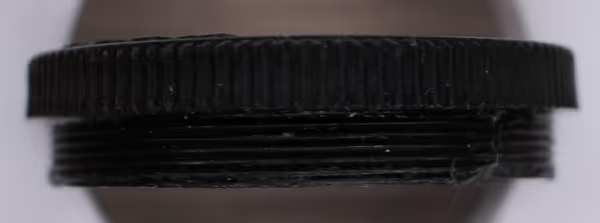
Lowest price simple ND filters in a plastic cell - this isn't peak quality but because it's plastic everything is bigger - the flange is wider and the cell has bigger tolerances as well. The cell has inner diameter of 25,6mm and flange diameter of 22mm. This allows for 25mm or bit smaller machine vision filters. It also can handle very thick filters but then you won't be able to use the retainer ring (thicker pieces of paper put around the filter do immobilize it rather well).
Advantages: wide range of supported filter diameter and thickness.
Disadvantages: long thread of the retainer ring goes out through the other side of filter drawers and low profile filter wheels blocking them. Plastic thread will wear off with frequent usage.
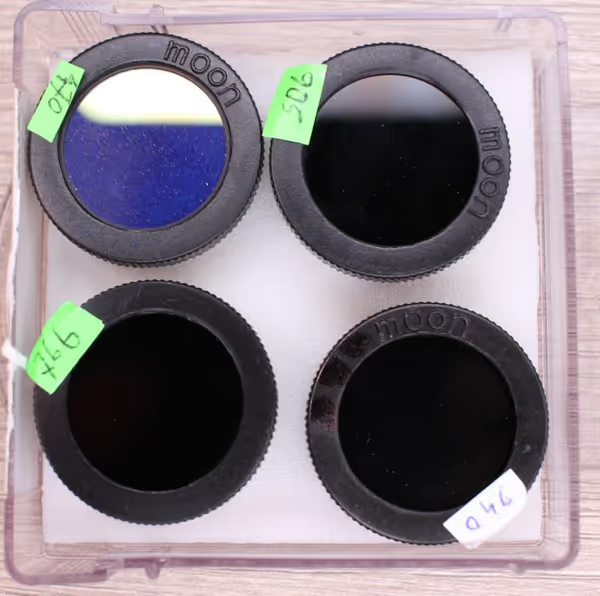
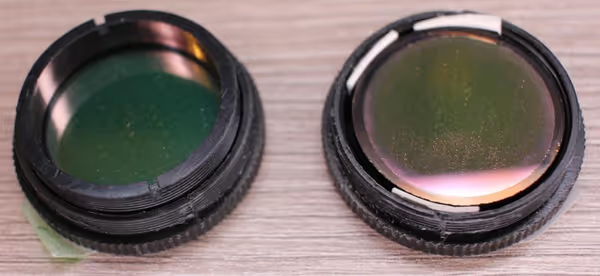
Celestron metal Moon filter
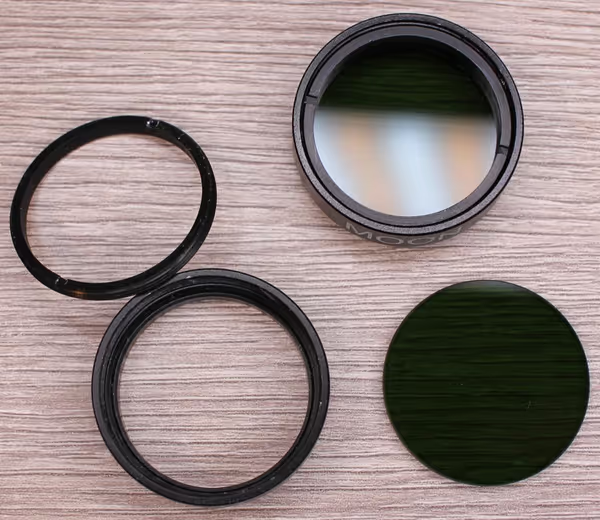
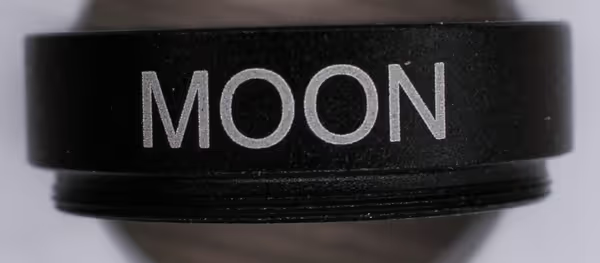
This seems bit newer model of the filter, usually listed as Celestron and sometimes Sky Watcher. It has a more classic metal filter cell of standard height. It has a 27mm inner diameter with 25,6mm flange diameter and standard 25mm filters will go through it. However as this isn't a low profile filter cell you can use washer gaskets to extend the flange and hold smaller filters. Filters much smaller than 25mm will however will be harder to mount in the center of the cell.
Advantages: durability and compatibility with most filter drawers and filter wheels. Can handle 25mm filters with washers on both sides.
Disadvantages: you have to find matching washer gaskets.

Svbony color filters
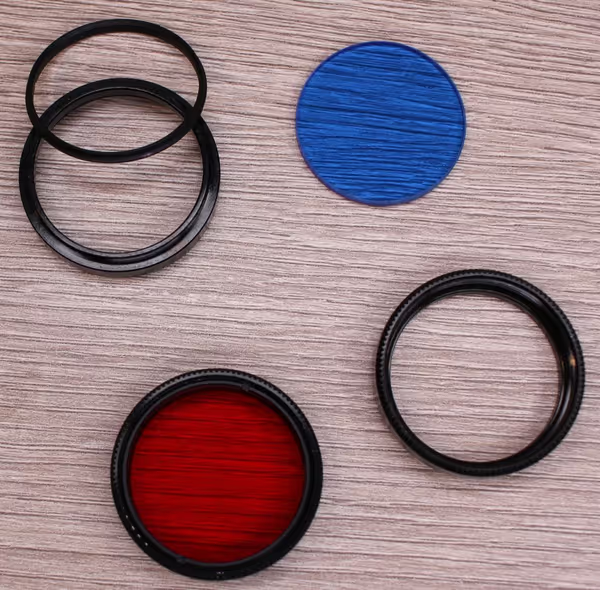

Standard color Wratten filters used for visual observations are cheap and Svbony among many has cheap sets of such filters. The set I got is a low profile one. It has an inner diameter of 27,6 and flange diameter of 26mm. Standard 25mm filters won't hold and you likely won't be able to use washers to hold the filter (would have to be a thin filter and thin washers).
Advantages: low profile and metal.
Disadvantages: only for thin filters and washers.
Thick flange filters
GSO Moon filters as well as multiple random Aliexpress filter sets (ND, color) have very similar filter cells with thick front part of the cell. They are cheap and may even come in a nice case but they are to small for 25mm filters. Could still work for less common ~20mm ones.
GSO Moon filter has an inner diameter of 21,5 and flange diameter of 18,9mm. My no-name ND filter set has an inner diameter of 23,2 and outer of 19,4mm. The color set has 23,2 and 19,4mm respectively. As you can see those diameters are much smaller than typical 1,25" so a wide 1,25" eyepiece could even get vignetting with such filters. For astrophotography if the sensor isn't big it should still work, but only for 20mm and alike filters while smaller ones could hold via washers.
One extra option for such filter cells is the possibility to glue the filter to the top of the cell as there is a large flat surface. This could be used on square/rectangular filters although optic cleaning solutions can dissolve super glue
and the super glue can stain the filter if used incorrectly.
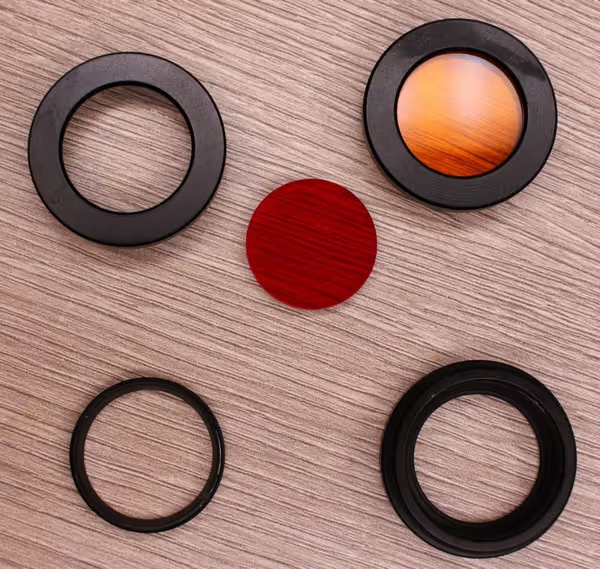
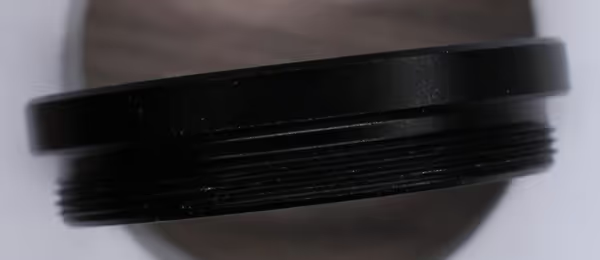
Advantages: cheap, available on Aliexpress and locally in random sets. Can be adapted for square and rectangular filters.
Disadvantages: not compatible with 25mm filters.
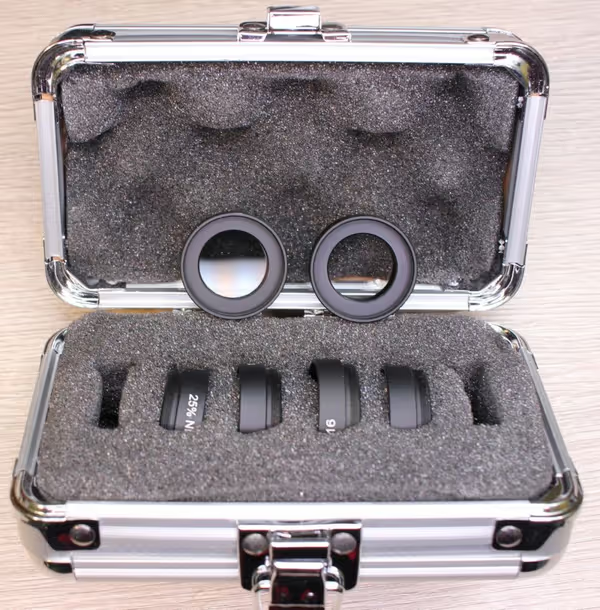
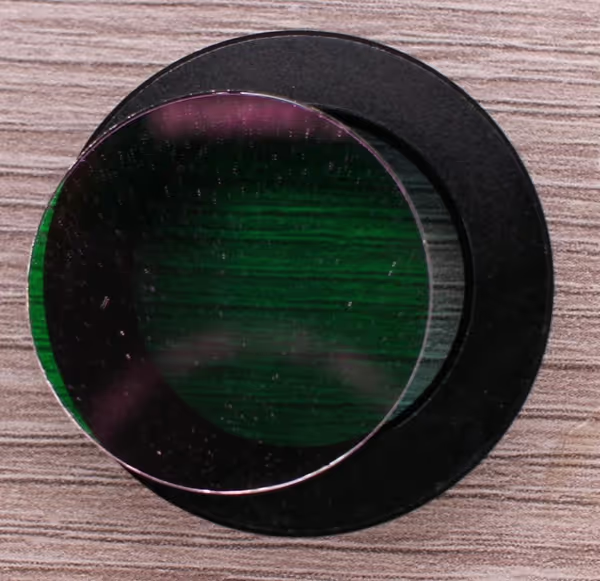
Custom filter cells
Local metal workshops or even better some astro-shops offer custom fittings and other metal work - this could extend to custom filter cells. If you don't want to or can't hack on your own you can talk to your local shop about such service. I used Gerd Neumann service once and I've seen similar services in some other shops.
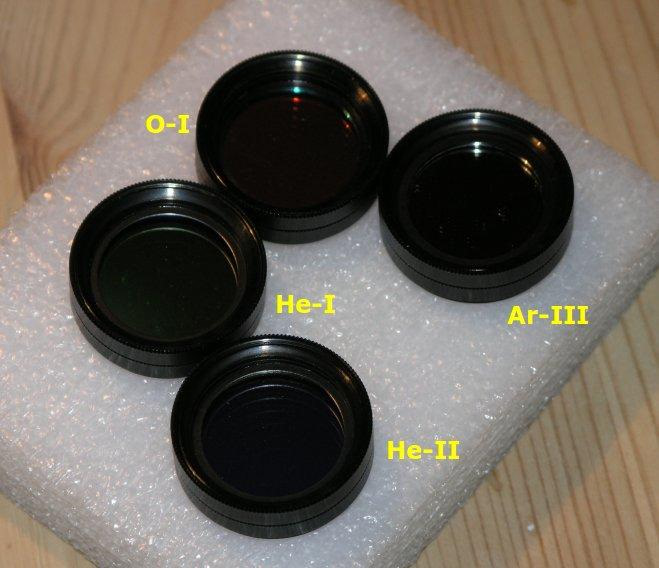
Custom filter orders
Some companies like Chroma (and Optolong?) aren't doing astronomical filters only. Their core business is much bigger and revolves around a wide range of vision and scientific filters. You should be able to order a custom bandpass filter from their catalogue mounter and cut to size as needed. This will cost extra very likely but you get the best possible version of the filter, especially when bigger diameter is required.
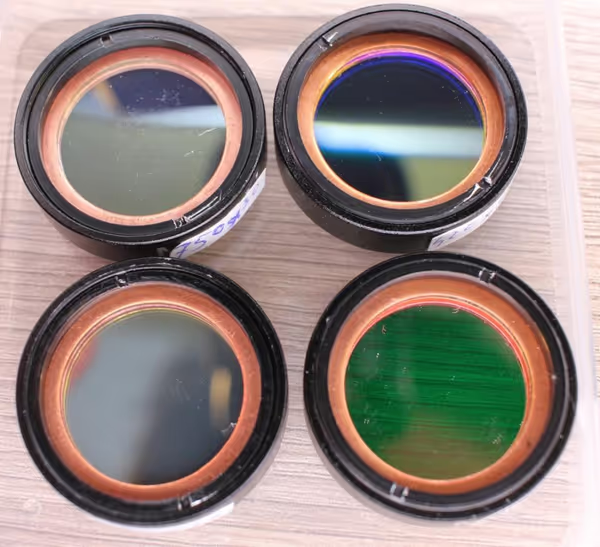
Comment article